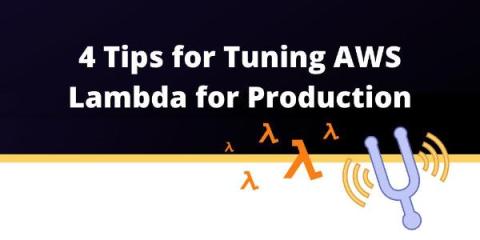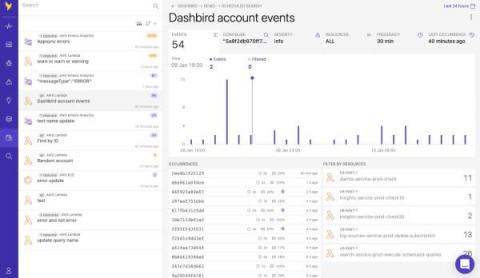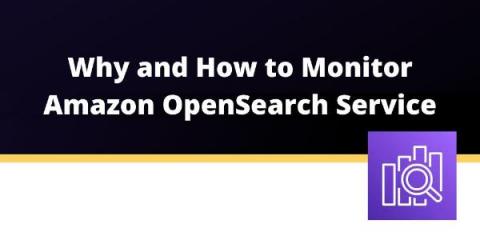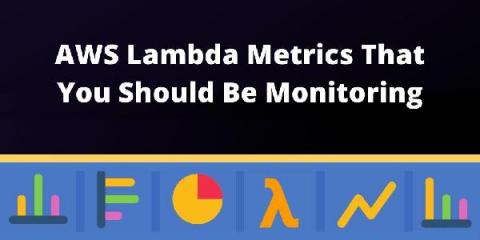Operations | Monitoring | ITSM | DevOps | Cloud
Latest Posts
4 Tips for AWS Lambda Performance Optimization
By the end of this AWS Lambda optimization article, you will have a workflow of continuously monitoring and improving your Lambda functions and getting alerts on failures. Serverless has been the MVP for the last couple of years and I’m betting it’s going to play a bigger role next year in backend development. AWS Lambda is the most used and mature product in the Serverless space today and is also at the core of Dashbird.
AWS Lambda vs EC2: A Comparative Guide
In this post, we will compare two of Amazon Web Services’ (AWS) most popular computing services: AWS Lambda and Amazon EC2. Both services offer unique advantages and can be used for different purposes.
Lower Your AWS Lambda Bill by Increasing Memory Size- yep!
Lambda allows you to allocate memory for your functions in increments of 1 MB, ranging from a minimum of 128 MB to a maximum of 10,240 MB (10 GB). When we specify the memory size for a Lambda function, AWS will allocate CPU proportionally. For example, a 256 MB function will receive twice the processing power of a 128 MB function.
Introducing easy custom event monitoring for serverless applications.
Today we are excited to announce scheduled searches – a new feature on Dashbird that allows you to track any log event across your stack, turn it into time-series metric and also configure alert notifications based on it. This has been one of the most requested features across our users and we are thrilled to make it available for all users starting today.
Why and How to Monitor Amazon OpenSearch Service
Some time ago, AWS forked ElasticSearch, the most popular search engine on the planet. They had some struggles with the maintainer of ElasticSearch and decided it was time to part ways. So, with OpenSearch, there is now a new kid in town. Well, not new, but at least some kind of alternative.
Why and How to Monitor AWS Elastic Load Balancing
When building systems that need to scale above a certain number of users, we usually can’t stay on one machine. This is where cloud providers like AWS usually come into play. They allow us to rent VMs or containers for small intervals. This way, we can start a few different machines when more traffic hits, and when it goes down later, we can simply turn off our extra capacity and save money. The question is, how does all this traffic get to our new machines? AWS Elastic Load Balancing!
Monitor Your AWS AppSync GraphQL APIs with Simplicity
TL;DR: Dashbird launched observability for AWS AppSync. Additionally to AWS Lambda, SQS, DynamoDB, API Gateway, ECS, Kinesis, Step Functions, ELB, SNS, RDS, OpenSearch, and HTTP API Gateway you can now get detailed insights and metrics in the Dashbird app for AWS AppSync. Since Facebook released its previously internally used query language GraphQL in 2016, it has seen an outstanding increase in adoptions for all kinds of applications.
AWS AppSync as a Gateway to Your Cloud Infrastructure
When you build modern cloud-based systems, you usually realize quickly that you need to manage the access to your deployed resources. This is especially true with serverless systems, where you often end up with dozens of resources, even for medium-sized architectures. AWS offers a few services you can use to set up a central entry point to your infrastructure. Elastic Load Balancer, API Gateway, and AWS AppSync. This article will discuss AppSync, AWS’s managed GraphQL service.
How to Monitor Your AWS RDS Instances
Even though NoSQL databases like Amazon’s own DynamoDB are very popular today, for many business use cases, there’s almost no way around using a traditional relational database. Amazon Relational Database Service (RDS), released back in October 2009, is one of Amazon’s first cloud services and can therefore be seen as a very mature service.











